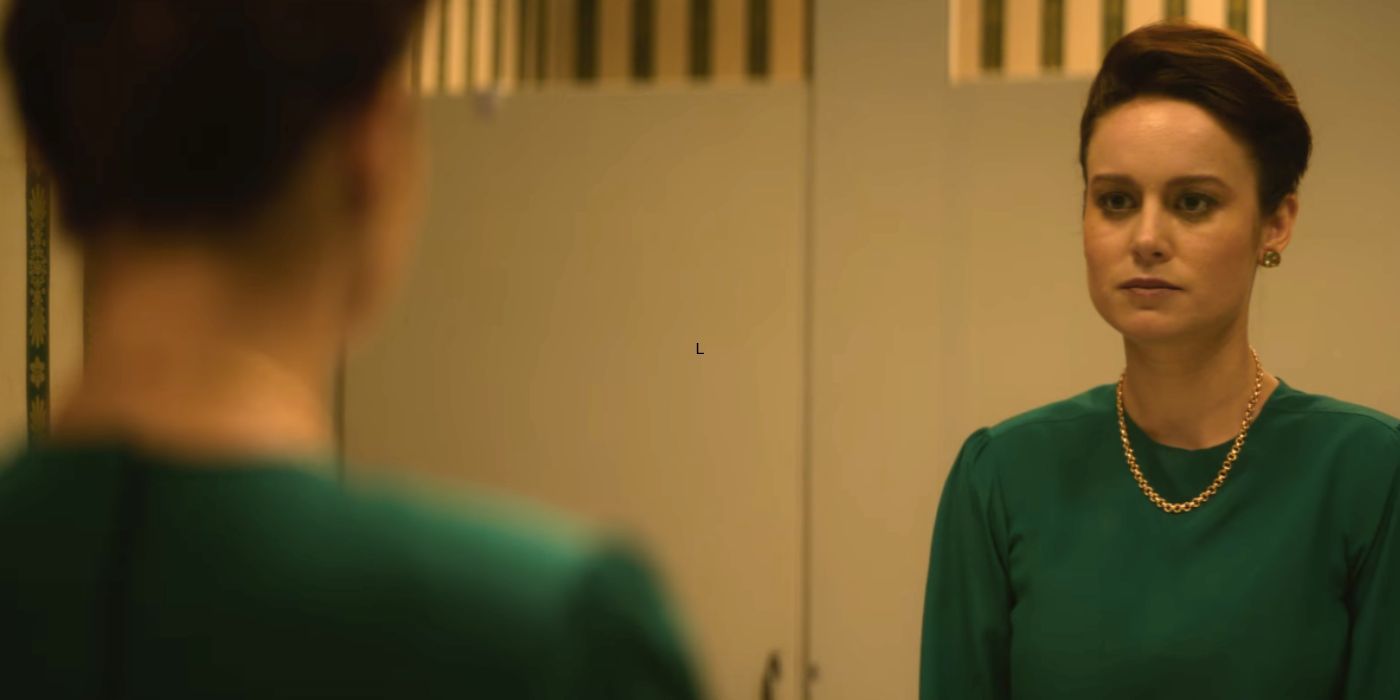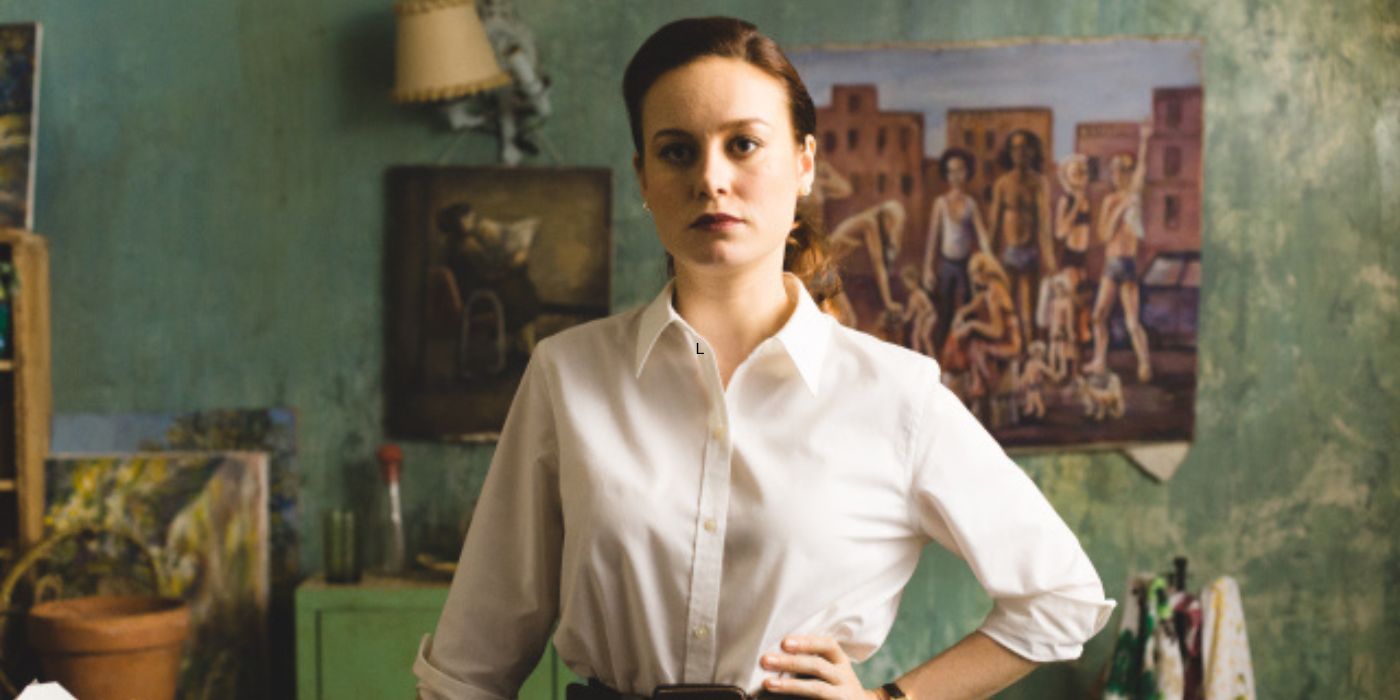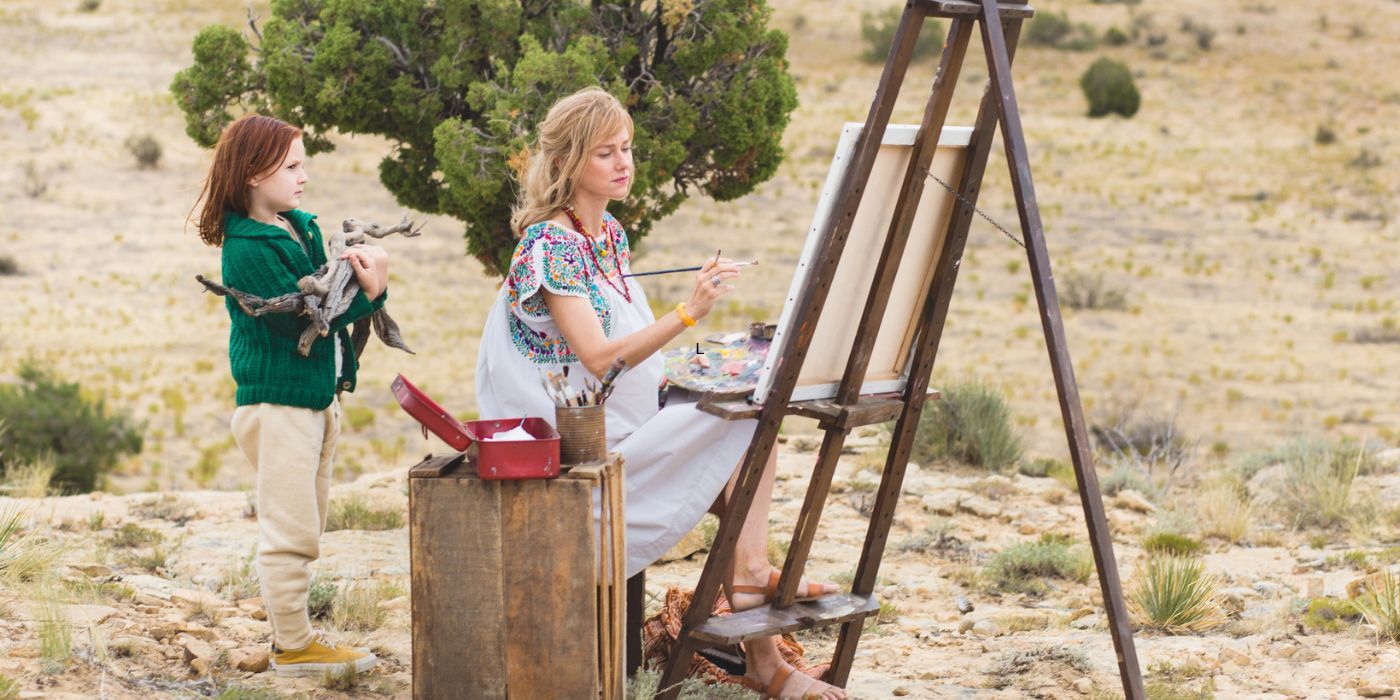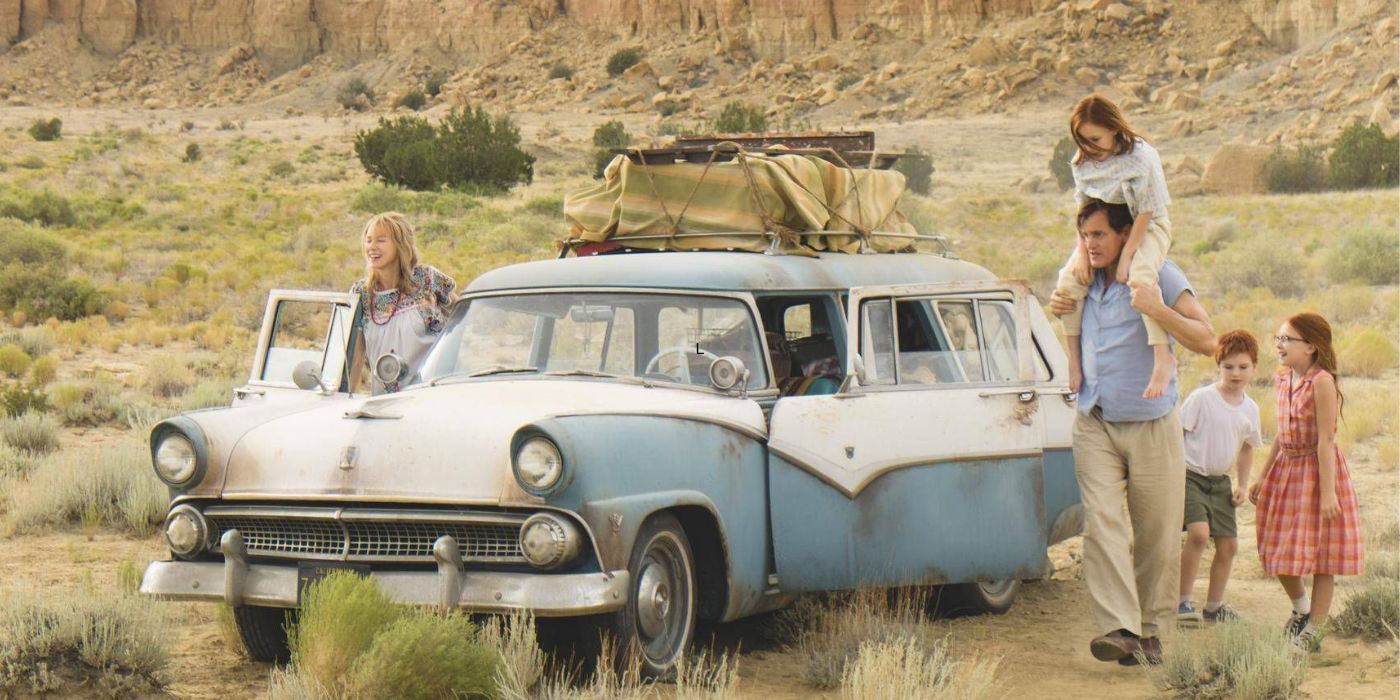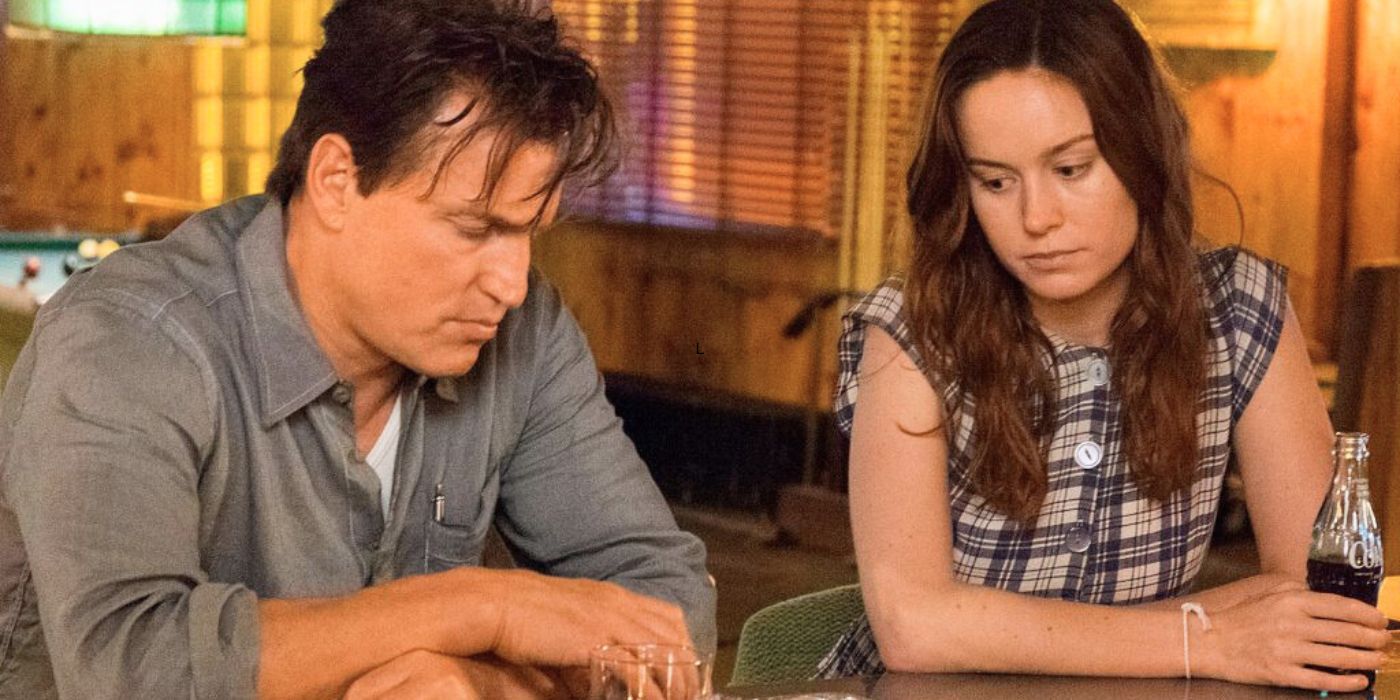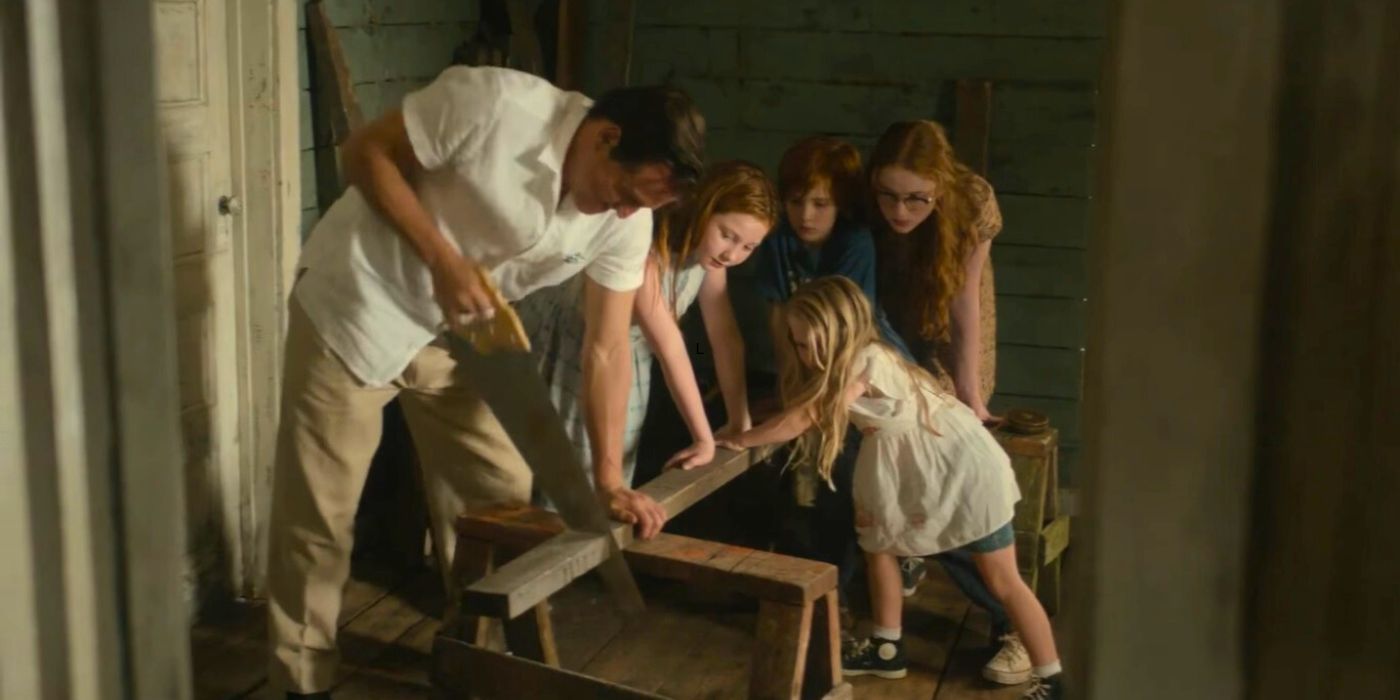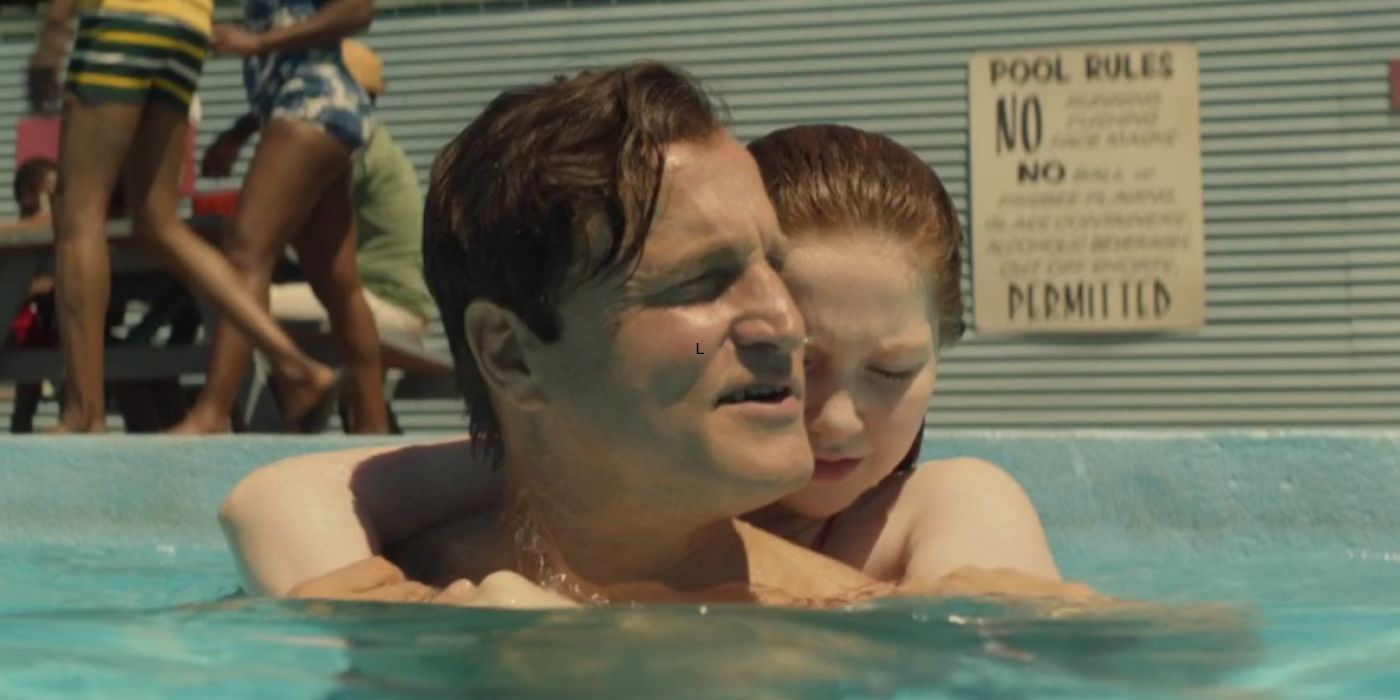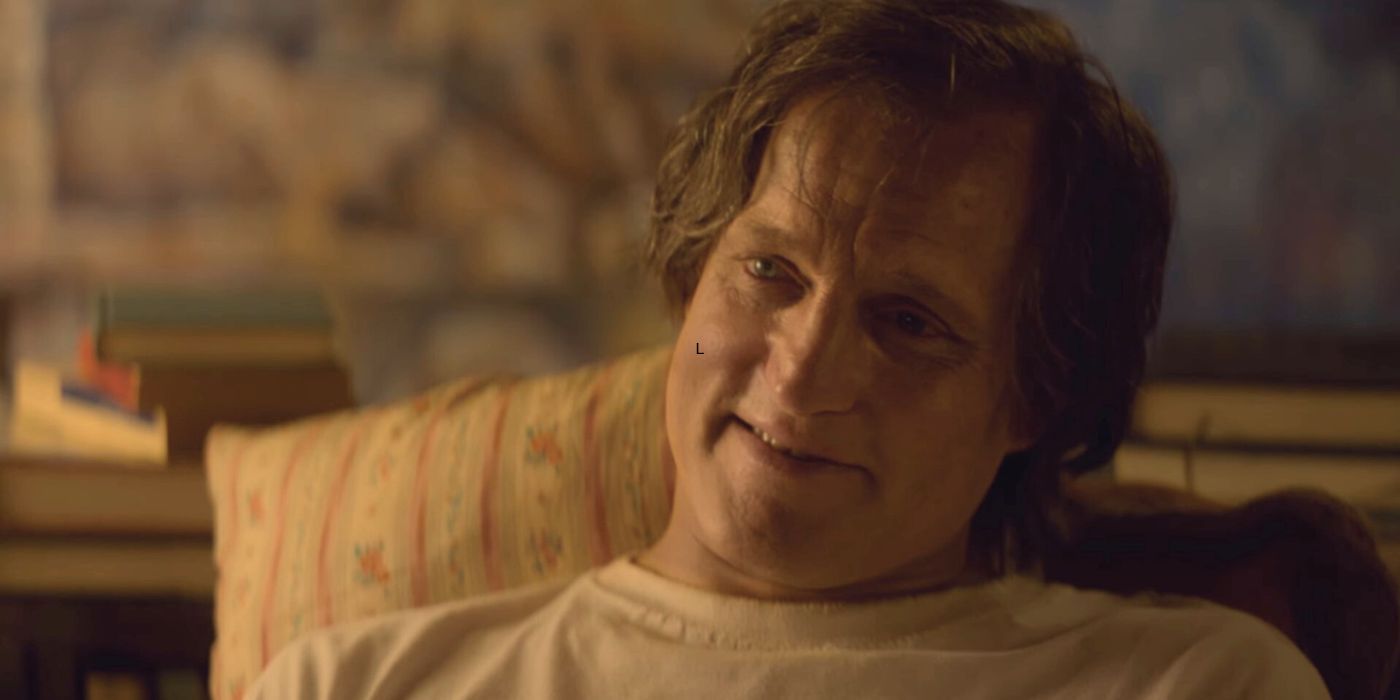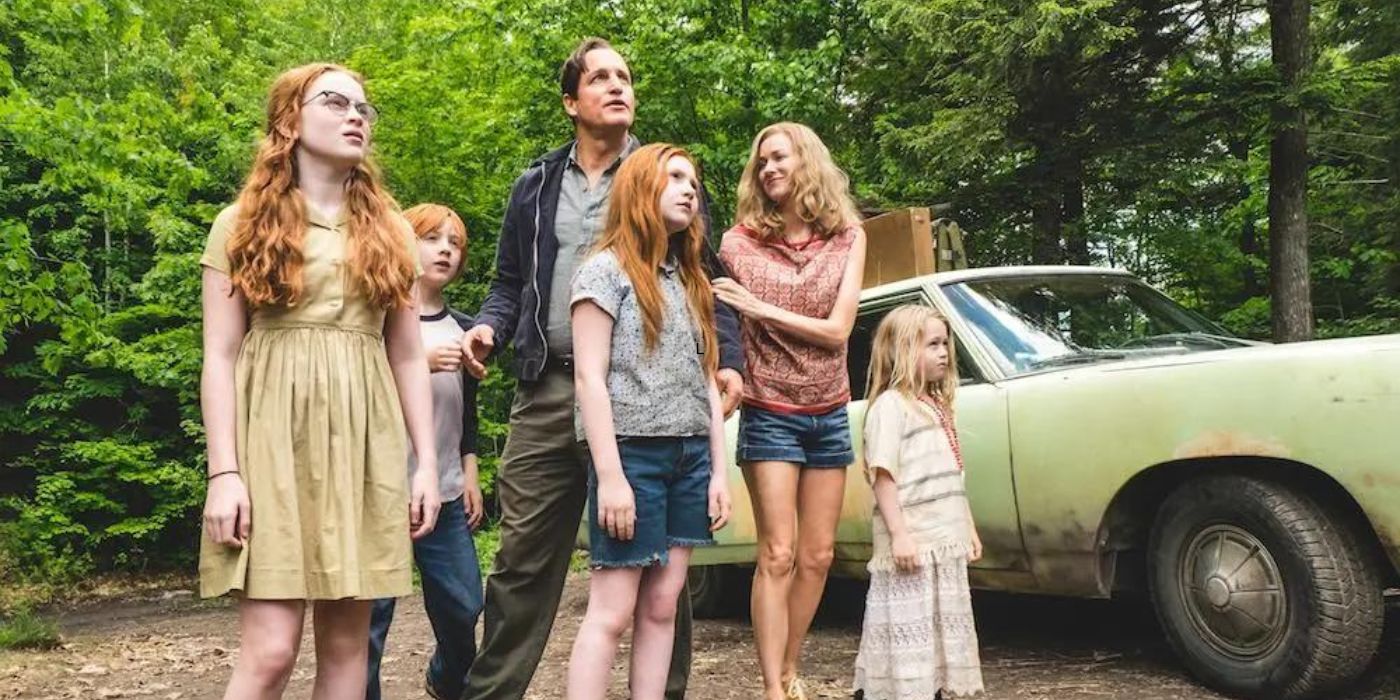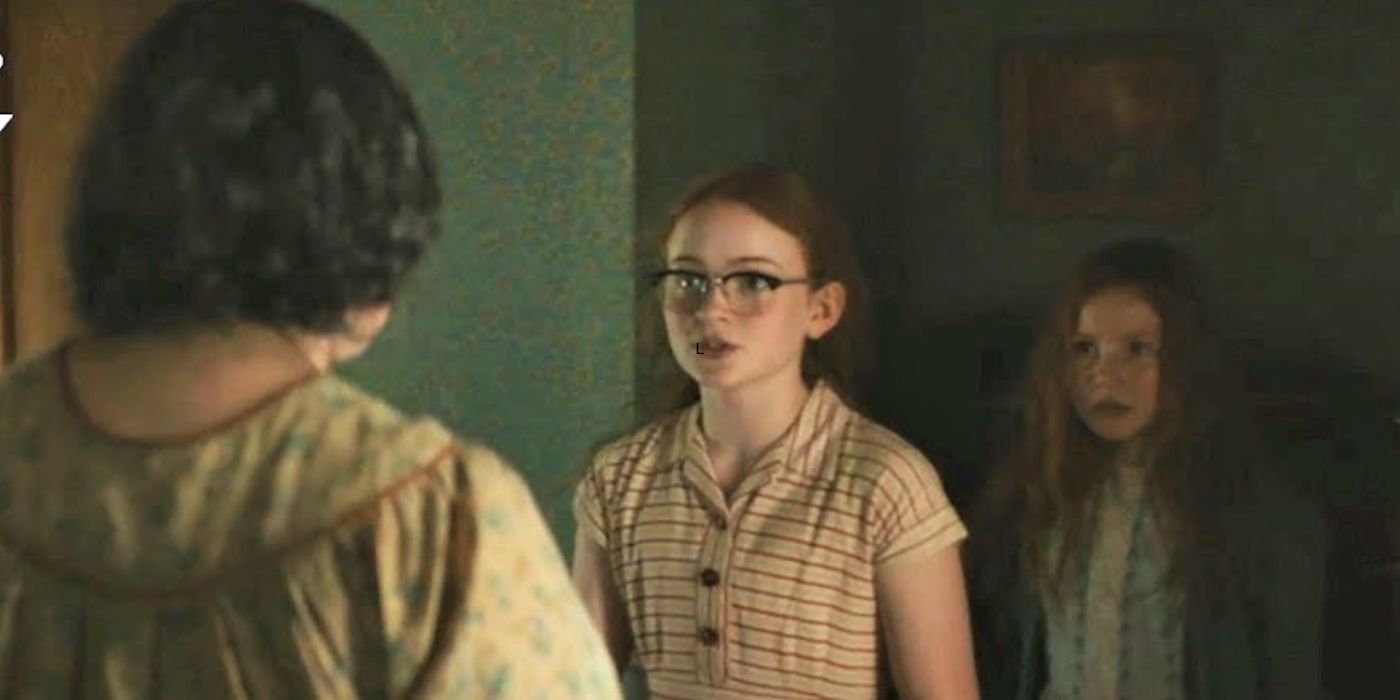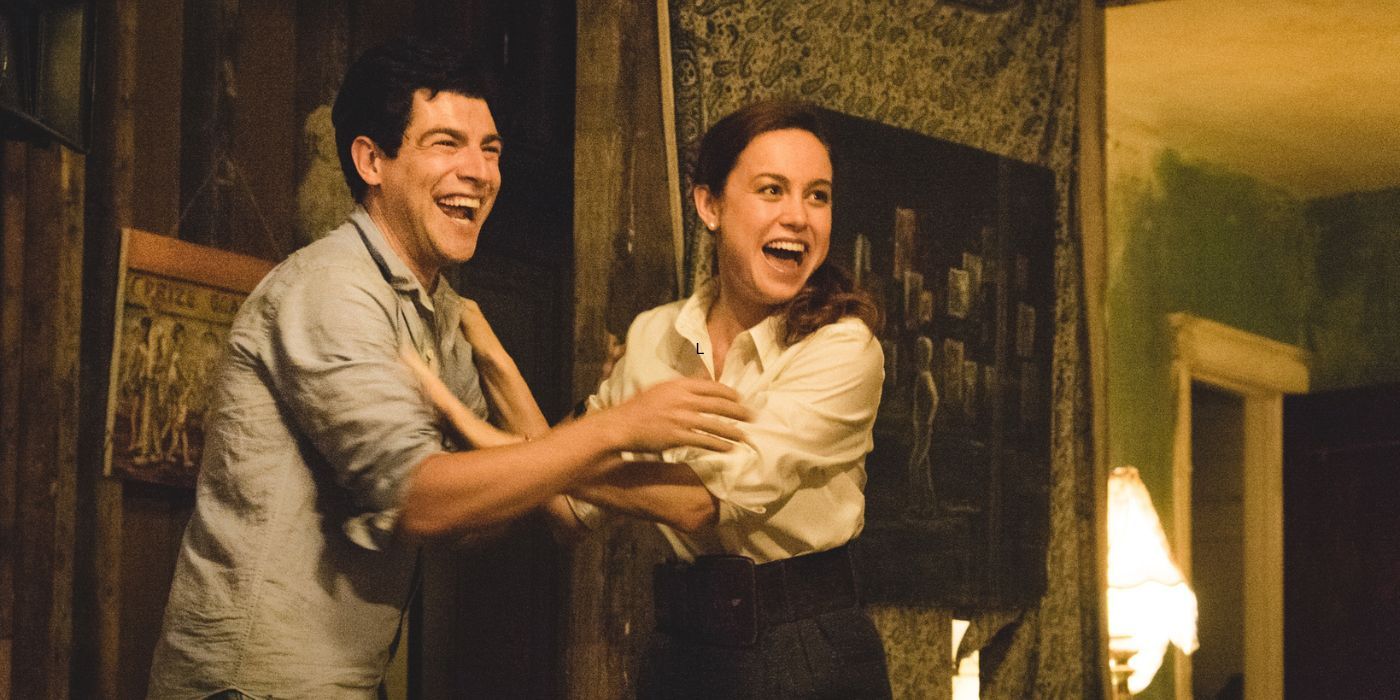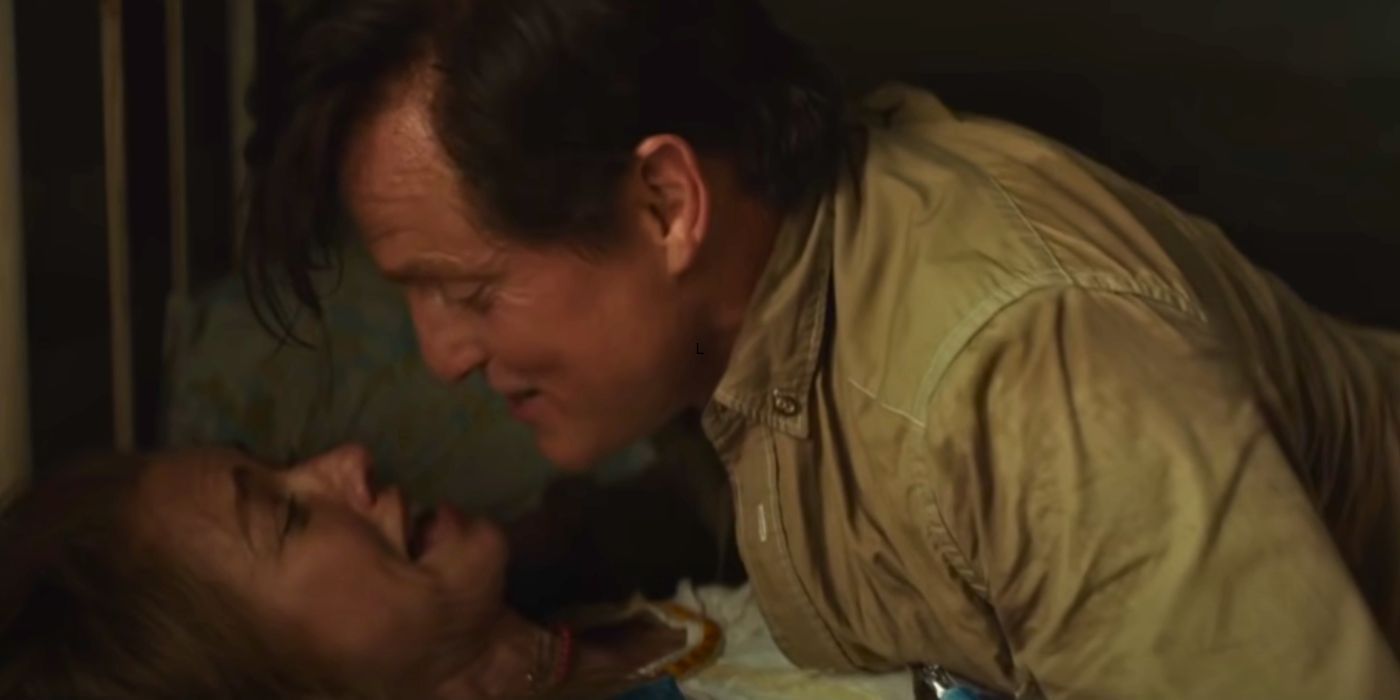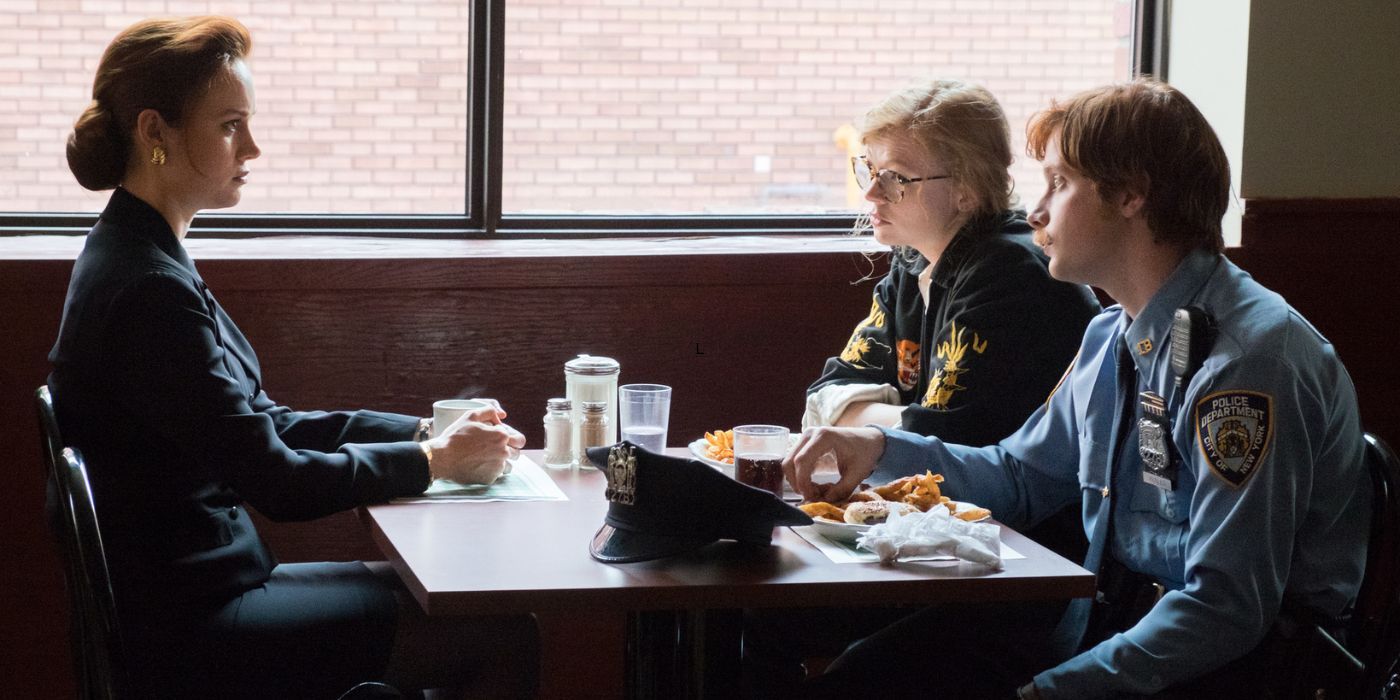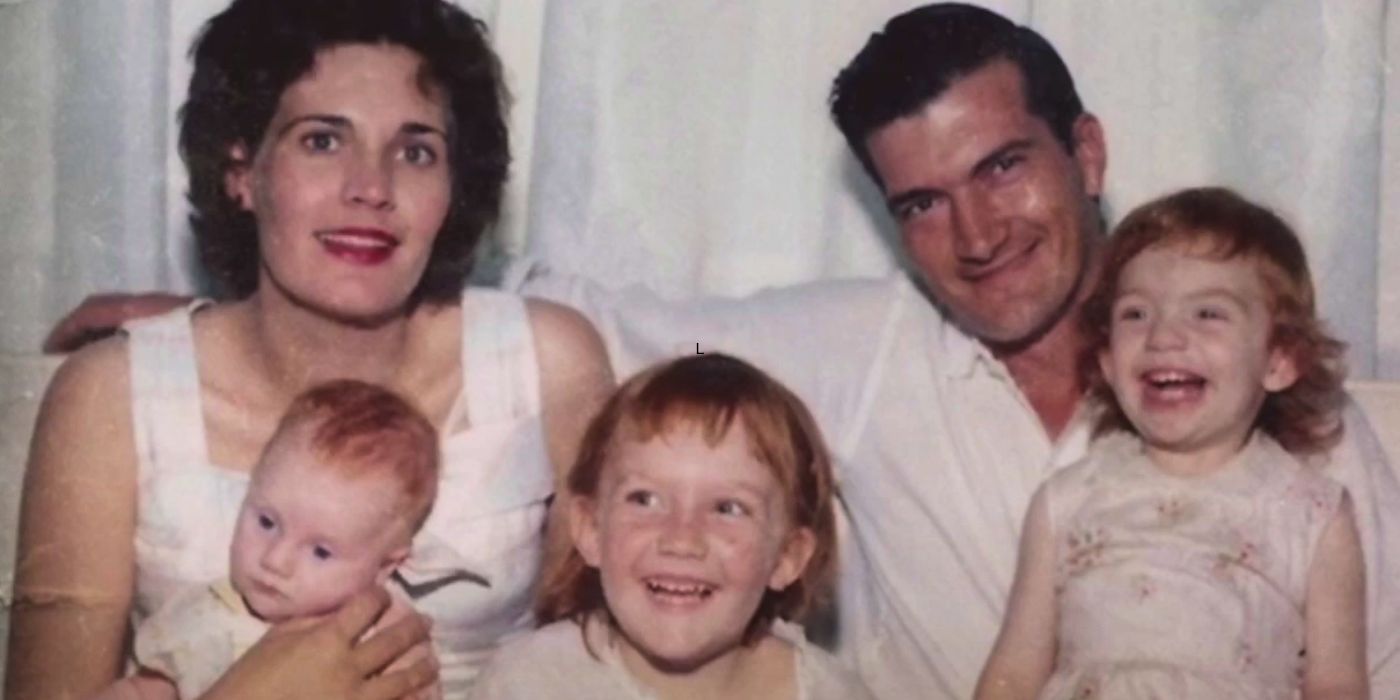This article contains mentions of childhood trauma, alcohol misuse and sexual abuse.
Although The Glass Castle adapts the memoir of the same name, there are quite a few things the movie changes. The overall premise still remains the same as the 2005 bestseller, in which author-journalist Jeannette Walls provided a no-holds-barred look at her dysfunctional childhood. Helmed by Short Term 12 and Shang-Chi writer-director Destin Daniel Cretton, The Glass Castle stars Brie Larson as the central protagonist while Woody Harrelson and Naomi Watts star as her parents Rex and Rose Mary. Shifting between Jeannette’s childhood and adult life, the 2017 drama touches upon how Rex and Rose’s parenting wavered from supportive to painfully tragic.
Cretton’s movie opened to mixed reviews from critics with Larson receiving particular praise for her performance. Purists of the book also had some nitpicking to do with everything that The Glass Castle changes. Given how the Walls family often shifted across states, it can be a difficult task to incorporate all of their travels into a two-hour-long feature. So, understandably, the movie amalgamated some of these journeys while also rushing significant backstories. The movie in itself can be a harrowing watch for its depressing themes but in comparison, the book can be even more extreme. Like many movies based on memoirs, The Glass Castle also takes many creative liberties.
1 The Book Is More Linear Than The Movie
While the memoir starts off with an adult Jeannette reminiscing on her childhood, a linear narrative is followed that traces her journey all the way from being a three-year-old to her successful career as a journalist. The movie, however, attempts to understand the lead character’s evolution both as a child and as an adult. It’s for this reason that Cretton’s screenplay starts off with Jeannette’s life in New York but then constantly switches between flashbacks from her childhood, her current struggles with her family, and sorting out her relationship with her fiancé David. The non-linear narrative allows Jeannette to come to terms with her tumultuous past.
2 Jeannette’s Professional Rise In New York Is Fleshed Out In The Book
The Glass Castle offers one of Brie Larson’s best performances as the Oscar-winner portrays real-life journalist Jeannette Walls. While she is portrayed as a successful “gossip columnist” for New York Magazine, the book actually offers deeper insights into the hard work that went into building her career. The real Jeannette initially worked at a financial firm to earn enough to get into Barnard College, later working for a small Brooklyn newspaper. Later, she earned a name for herself as the head writer for the New York Magazine column Intelligencer. The book concludes that she was much more than just a gossip writer.
3 Rose Mary Is A Teacher In The Book
While Woody Harrelson’s Rex in the Glass Castle movie leads an unpredictable professional life, Naomi Watts’ Rose Mary is not shown to be having any job at all. Instead, she indulges in painting while mostly ignoring her children. It’s uncertain why Cretton left out Rose Mary’s professional pursuits as it was her stint as a school teacher that solely contributed to the family’s earnings at a time. Having had a college degree in teaching, she does teach in Arizona and Welch. The Glass Castle book later reveals that she subsequently lost all interest in teaching as she thought it would make her come across as a failed artist.
4 Rose Mary’s Mother Leaves Her A House In The Book
The latter half of The Glass Castle reveals that Rex and Rose Mary had inherited valuable land which they never sold. Going by the book, it seems like they had a habit of not selling inherited land as one chapter describes that, upon the death of Rose Mary’s mother, she inherited her mother’s Phoenix house. The family moved over here and lived for a few months until they had to eventually leave. The exact reason behind their departure is left unspecified, but it is clear they just abandoned the house in Phoenix instead of selling it. Given Rex’s outspoken resentment against land developers, the decision to not sell is unsurprising.
5 Rex’s Bumpy Drive Through The Desert
New Mexico serves as one of the many locations where The Glass Castle was filmed as it provides the setting for a particularly wholesome moment when Rex drives off carelessly in the desert, his children and wife cheering all the way. This is a major change from The Glass Castle book as this experience was hardly exciting for Rex’s children. Driving in the desert is mentioned when Rose Mary had an intense argument with her husband and walked into the desert at night. This prompted Rex to look for her by driving at breakneck speed in the desert, terrifying the kids in the back seat who begged him to stop.
6 Jeannette Was Way Younger During Rex’s Pool Hustling Scheme
Rex stoops a new low when he tries to hustle a young man called Robbie in a pool game, by asking Jeannette to flirt with him. But with Robbie not respecting Jeannette’s boundaries and Rex not caring enough about his daughter’s safety, Jeannette finds herself in a challenging situation. The scene is disturbing in both The Glass Castle movie and its source material. The movie however changes the age of Jeannette when this traumatic incident occurred. While Brie Larson as adult Jeannette features in the movie scene, the memoir reveals that Jeannette was only 13 when Rex took her to a bar and urged her to impress another man.
7 93 Hobart Street Is Romanticized In The Movie
93 Hobart Street serves as the Walls’ address for some time in The Glass Castle. A humble settlement nested on the edge of the mountain in Welch, the house becomes a bringer of happy memories as the entire family contributes to its renovation. With its exterior painted yellow, even the inner walls are adorned with Rose Mary’s paintings. But this just seems like a scenario from an alternate universe as the true story was bitter. The book detailed 93 Hobart Street’s hellish conditions, such as the lack of indoor plumbing and freezing cold temperatures during winters. Even a sexual predator snook into the house one night, inappropriately touching Jeannette.
8 The Swimming Pool Scene Merges Several Moments From The Book
To teach young Jeannette how to swim, her father repeatedly throws her into a pool at West Virginia’s Welch; a matter that draws the attention of the lifeguard (who also receives a thrashing from an intoxicated Rex). In The Glass Castle movie, Rex also criticizes the lifeguard’s decision to segregate the pool for black and white populations even when segregation has long been outlawed. While no altercation with a lifeguard occurred in the original memoir, Jeannette and her friend, Dinitia, did swim in an unofficially segregated West Virginia pool. Rex also taught his daughter swimming by repeatedly throwing her in the water but at a hot spring in Nevada instead.
9 Rex Breaking His Sobriety
Woody Harrelson’s most memorable roles include several complex characters struggling either with addiction or their inner demons. Rex from The Glass Castle is one such character, with Harrelson’s Rex depicted to be struggling with a drinking problem. However, after his daughters accuse his mother Erma of sexually abusing their brother Brian, Rex relapses. The book similarly explores Rex’s two-month-long sober streak that breaks down for different reasons. On a trip to Grand Canyon, Rex’s car breaks down following which the Walls have to walk back home. While a woman offers them a ride, she remarks on the Walls being “poor people“. The comment doesn’t sit well with Rex, who relapses not long after.
10 The Scene In The Back Of The Truck Was Way More Intense
Driving happily in the desert isn’t the only time the Walls family set out on the road. In one of their many resettlement sojourns, Rex and Rose Mary dump their children in the back of a truck and drive away, the infant Maureen resting on the laps of the young ones. While the Glass Castle movie scene might yet again imply the Walls’ concerning brand of unconventional parenting, the book details a more dangerous situation with the back door of the vehicle (in this case, a van) swinging open. If this wasn’t scary enough for the four kids, they also face the risk of almost flying out of the van.
11 Rex’s Troubled Childhood And Erma’s Death
When the kids temporarily stay at their paternal grandmother Erma’s basement, they come across Rex’s souvenirs from his childhood years. This includes a poem that he once scribbled to express his melancholic adolescence while living with an emotionally-draining mother. While no such scene exists in the original version of The Glass Castle, the movie’s possibilities of Erma possibly abusing Rex during his childhood are similarly discussed in the book. Irrespective of the reality, Rex still adored his mother as can be seen in Erma’s funeral scene that is fleshed out further in the book. When Lori says “The witch is dead“, Rex lashes out at her saying “Show some respect“.
12 Jeannette’s Fiancé David & Their Engagement Are Fictional
New Girl star Max Greenfield also stars in the movie as Jeannette’s financial analyst fiancé David. His relationship (and eventually engagement) with Jeannette is a major change from The Glass Castle book as its writer never dated a man called David. Instead, the real Jeannette Walls’ first husband (only referred to as Eric throughout the book) hardly features in her writing, with Walls only mentioning the Park Avenue apartment they shared. The massive creative liberty by Destin Daniel Cretton comes with Wall’s own consent (as she revealed in a Vanity Fair interview). Cretton’s intention was to make her first husband a more important character for dramatic effect.
13 Rose Mary & Rex’s Big Fight
A significant scene in The Glass Castle movie that bears testimony to Rose Mary and Rex’s toxic relationship is their verbally-charged fight at the Welch house. The intense shouting match eventually gives way to the couple laughing it out and confessing their love for each other. While the fight between Rose Mary and Rex pretty much plays out in the same manner in the book, the setting is different. The couple actually had this nasty fight during their time in the southwest desert areas. The book also reveals that the Walls garnered an audience with the whole neighborhood bearing witness to their fight.
14 Rex Stole Lori’s Money Not Jeannette’s
Angered by Lori leaving the family for greener pastures in New York, Rex takes out his anger at Jeannette who harbors similar plans of starting a new life. He even tries to prevent Jeannette from leaving by stealing the money that she painstakingly saved up in a piggy bank. The book reveals that Rex actually stole Lori’s piggy bank savings. Obviously, Rex had many red flags in the rest of the book but when it came to his daughters moving to the city, he didn’t try to fight them. In fact, he even drove Jeannette to the bus station when she planned on moving out.
15 Lori & Jeannette Invite Their Younger Siblings To Move To New York In The Book
As depicted in the movie, Lori moved out of the house as soon as she graduated from high school. Jeannette walked in her footsteps and the book touches upon the sisters’ collective experience living together in a South Bronx apartment. While Lori worked as a waitress, Jeannette balanced high school, a fast-food restaurant job and her earliest journalistic pursuits. Meanwhile, things were bleak at Welch with their brother Brian writing to them about the house’s dilapidated condition and their youngest sister Maureen handed over to the neighbors. Lori and Jeannette convinced Brian to move to New York, something that he actually did right before his school’s senior year.
16 The Location Of The Ending
The Glass Castle‘s ending is heavy on emotional sentimentality in both the book and the movie albeit with slight differences. To celebrate Thanksgiving and honor her late father, Jeannette invites her mother and siblings to a new apartment in the movie. She has parted ways with David and now works as a freelancer. The book changes the Thanksgiving setting to Jeannette’s rural Virginia house that she shares with her second husband John Taylor. Despite the change in location, the book ends on a similar note as The Glass Castle movie with the Jeannette and her family raising a toast in Rex’s name.
Source: Vanity Fair

